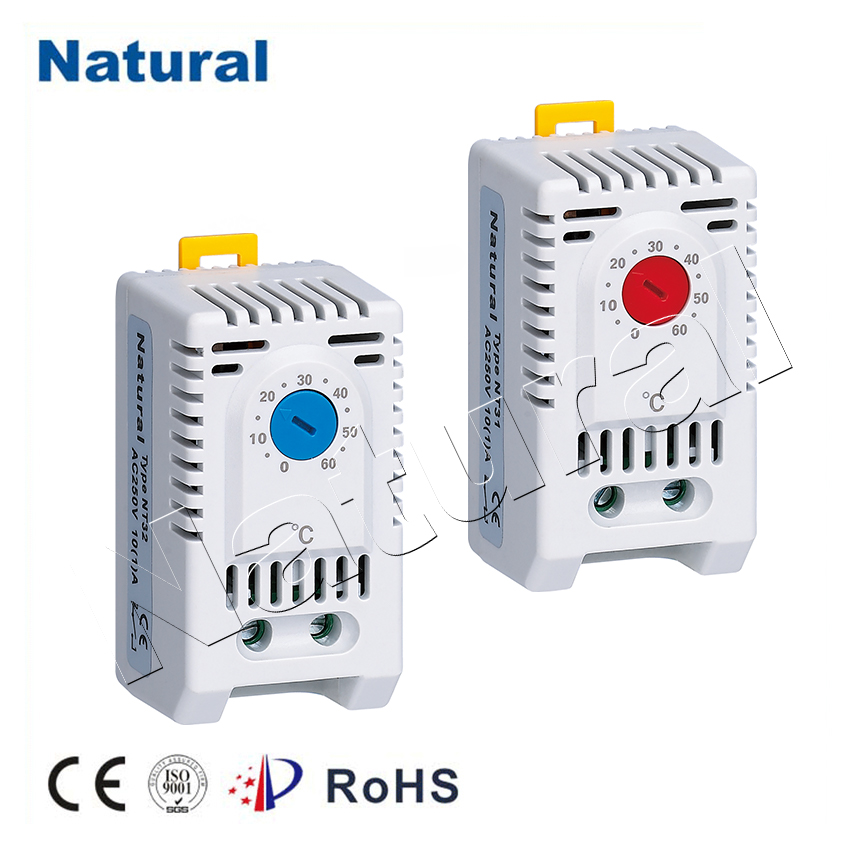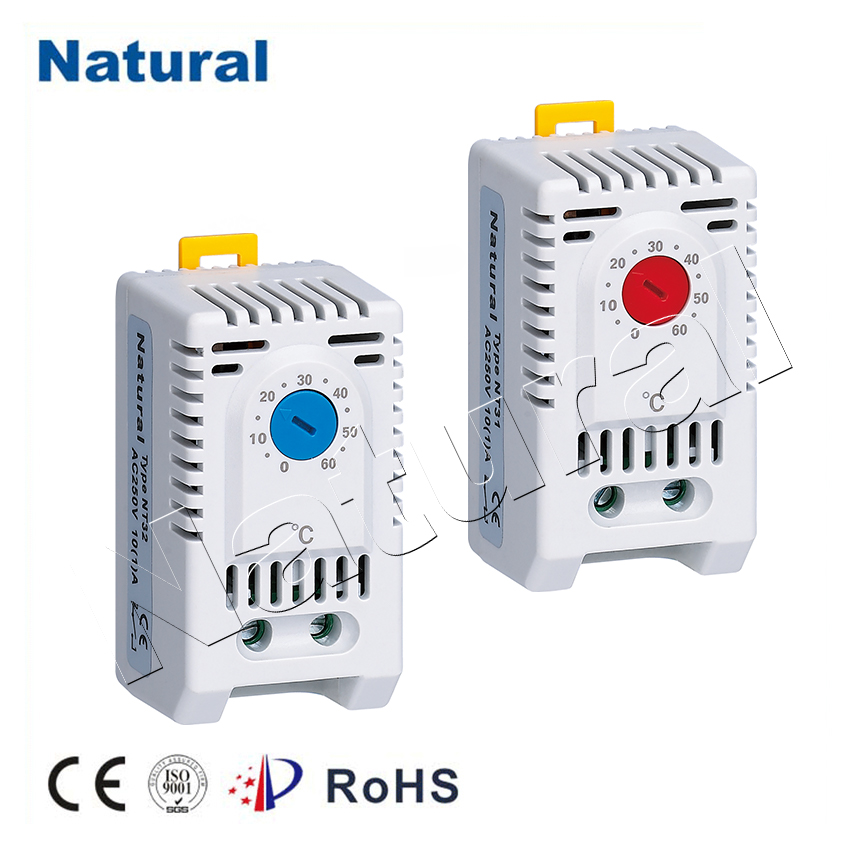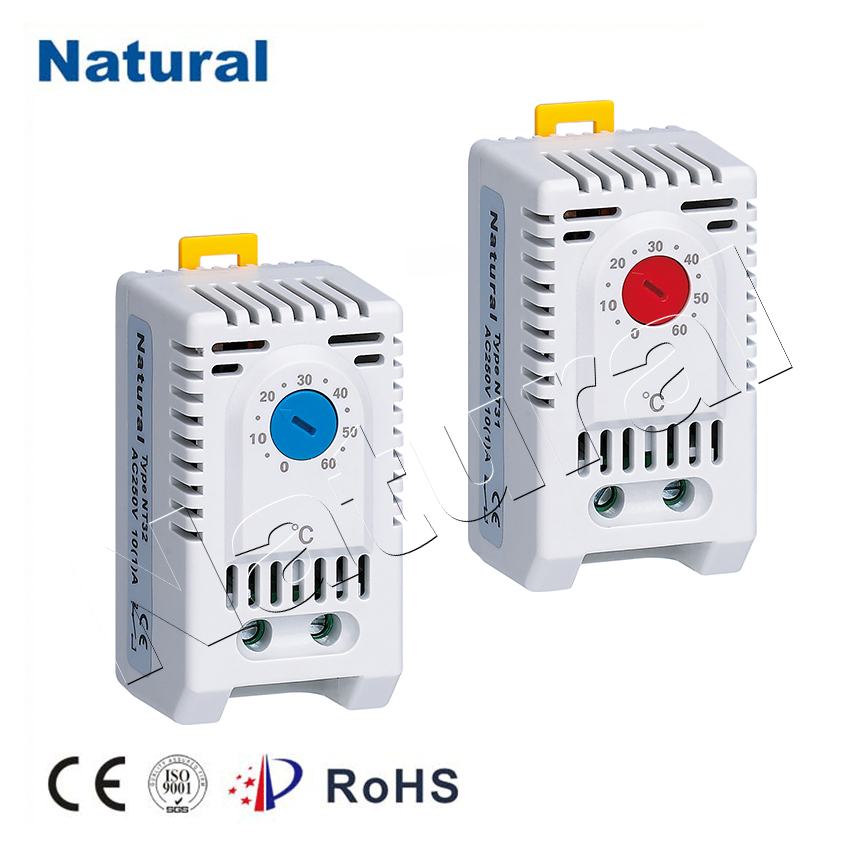In modern industrial and commercial settings, maintaining optimal temperature control is crucial for both efficiency and safety. One of the unsung heroes in this process is the DIN thermostat, a vital component that ensures systems operate within their specified temperature ranges. This article delves into the significance of DIN thermostats, their applications, and their operational principles.

What is a DIN Thermostat?

A DIN thermostat is a temperature control device designed to regulate temperature in various applications, adhering to the Deutsches Institut für Normung (DIN) standards. These standards provide a set of guidelines ensuring that components and devices are compatible, reliable, and of high quality. DIN thermostats are commonly used in HVAC systems, refrigeration units, and industrial processes, where precise temperature regulation is essential. Importance of Temperature Control Temperature control is critical in numerous fields, including manufacturing, food processing, and HVAC (heating, ventilation, and air conditioning). In manufacturing, maintaining specific temperatures can prevent defects in products. In food processing, temperature control is vital for food safety, preventing spoilage and the growth of harmful bacteria. HVAC systems rely on thermostats to ensure indoor comfort by regulating heating and cooling systems, thus enhancing energy efficiency.
